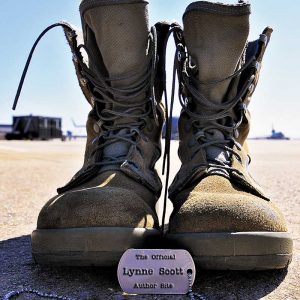There are few things in the world that I hate more than writing the “product description” for my books. Better known as the blurb, this is that annoying little paragraph that we put on the back cover of our books so prospective readers have an idea what the book is about. It’s the most difficult task in the novel process as far as I’m concerned. What I believe I need is a professional blurb writer. Someone who can read my 80,000 words and condense my novel down to a short paragraph that is an interesting and exciting tease for my book. Of course, due to budget constraints, that simply isn’t going to happen.
So, what’s a girl to do? Well, I fell back on what’s worked for me in the past when I want to learn something:
1. Bitch, moan, and complain about my lack of skill.
2. Fall into a small depression about my lack of skill. Nothing serious, but a little brooding never hurt anyone.
3. Attempt to take the easy way out by simply writing something and seeing if my fat cat lazy muse will show up and help out.
4. Bitch, moan, and complain about my lack of skill and the muse’s vacation schedule.
5. Try multiple more times to create something interesting.
6. Complain on Facebook to my sympathetic friends about my lack of skill.
7. Spend a morning on Amazon looking at other people’s blurbs.
8. Denigrate the blurbs as possibly being worse than the one I wrote.
9. Bitch, moan, and complain about my lack of skill.
10. Throw everything out and write two sentences that sum up where the book is going without giving anything away.
So, let’s back up just a bit in the list to number five. I could recite many happy sayings about trying and failing, and how failure makes you stronger, and all that other goody two-shoes crap, but the truth is that I have never met an author who wrote a great blurb on the first try. We are simply too close to our work when we begin this process. We’ve spent a lot of times, writing and rewriting. Now we’re expected to compress all that work and time into a few sentences. That is so not happening for most of us.
Perhaps I’m doing this in the wrong order. Maybe I should write the blurb before I write the book. I can often tell someone what the book will be about before I write it and become overwhelmed by my characters. I know more than one writer who works this way, so perhaps I should give it a shot. Write the blurb and then put it away until the book is complete.
I’ll be talking about items number seven and eight in a separate post. There is simply too much to share about those steps to add into this post.

